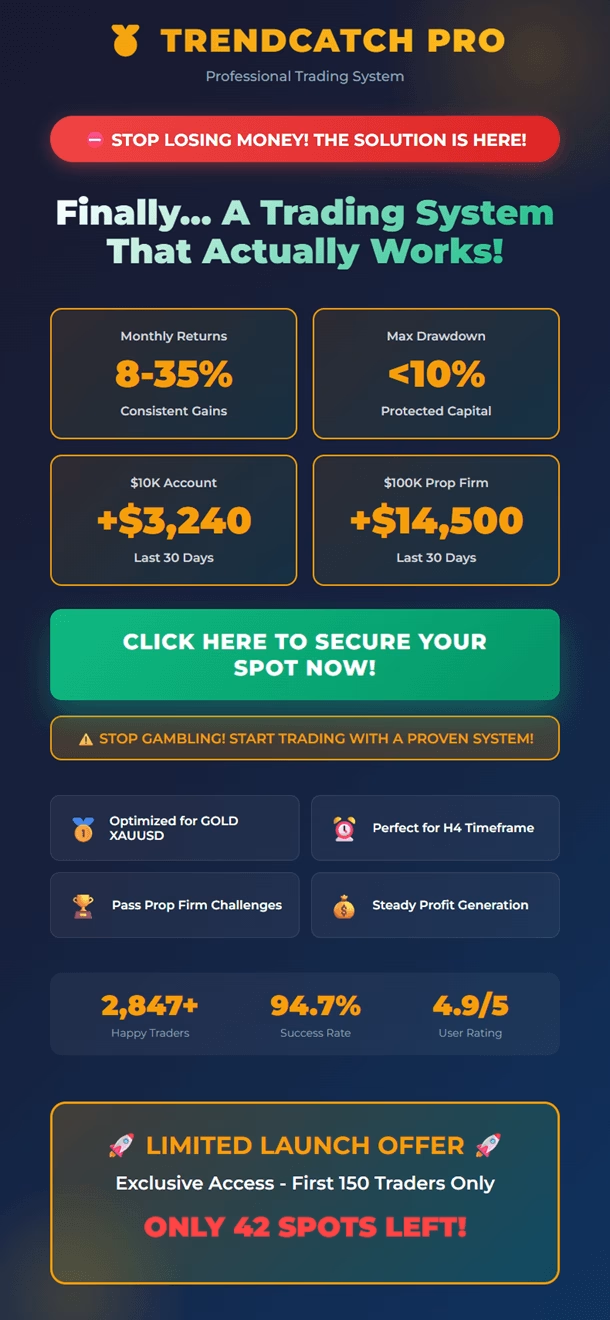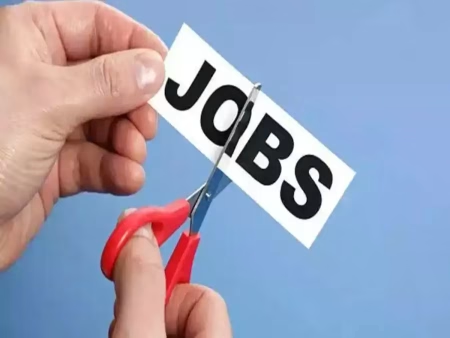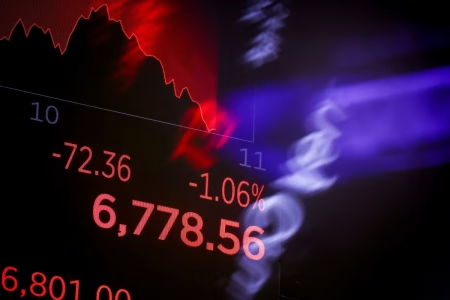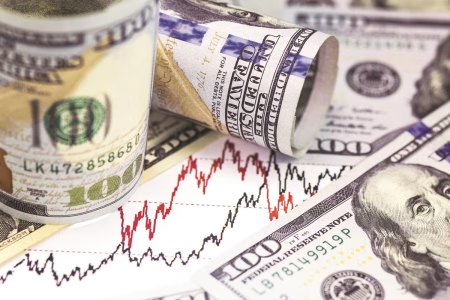Lilly Hits $1T Value on Soaring Weight-Loss Drug Demand: A New Era for Pharma and Investors
In a historic market rally that stunned Wall Street and rewrote the rules of pharmaceutical investing, Eli Lilly (LLY) has officially crossed the $1 trillion market valuation, making it the first drug manufacturer to achieve such an extraordinary milestone. The surge is driven primarily by unprecedented global demand for its revolutionary weight-loss drugs, including Zepbound and Mounjaro, which have rapidly become some of the fastest-selling prescription medicines in modern history.
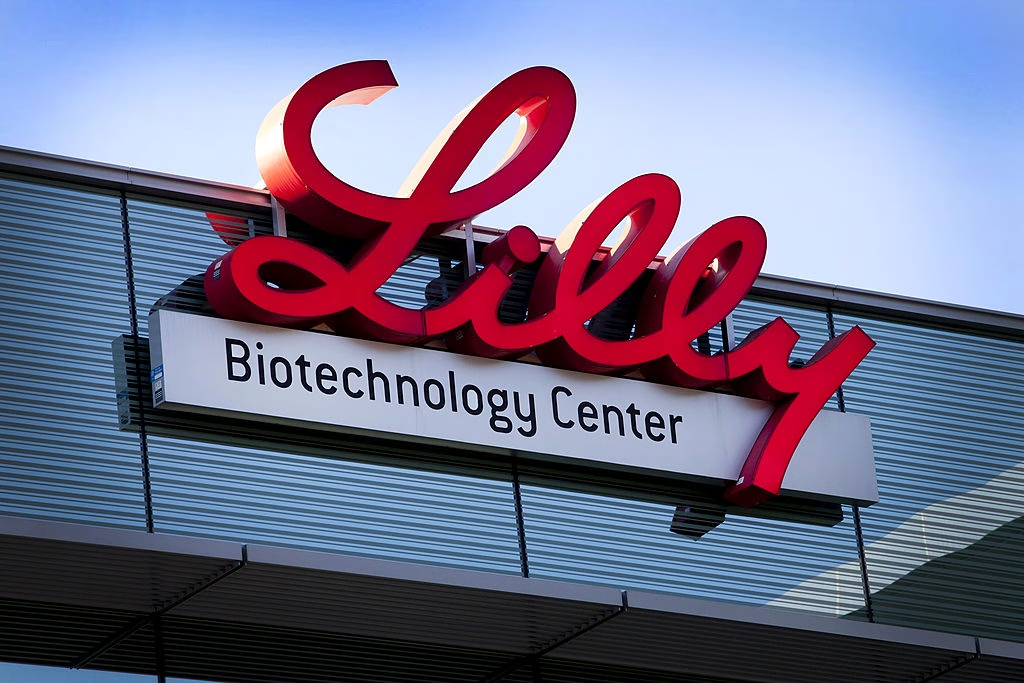
The phrase “Lilly hits $1T value on soaring weight-loss drug demand” is now dominating financial headlines, signaling not only a transformative moment for Eli Lilly but also a major realignment across the global healthcare, biotech, and investment landscapes.
This article provides a deep, comprehensive exploration of why Lilly reached a $1 trillion valuation, how the weight-loss drug boom is reshaping global markets, and what it all means for investors, patients, policymakers, and competing pharmaceutical companies.
For additional financial insights and market analysis, visit TradingMarketSignals.com where traders can access expert signals, forecasting tools, and up-to-date commentary.
1. The Historic Moment: How Eli Lilly Broke the $1 Trillion Barrier
Only a handful of companies—such as Apple, Microsoft, Nvidia, and Alphabet—have managed to reach the ultra-elite $1T market cap club. Eli Lilly’s entry is particularly significant because:
- It is the first pharmaceutical company to ever hit $1T
- It achieved this through product-driven growth, not tech innovation
- It marks a fundamental shift in how markets value drug pipelines
Lilly’s meteoric rise reflects exploding global demand for anti-obesity and metabolic drugs, a market that analysts expect to exceed $150 billion annually by 2032.
The power behind the surge: Zepbound and Mounjaro
- Mounjaro (tirzepatide) — initially approved for type 2 diabetes
- Zepbound — specifically approved for chronic weight management
Both drugs have been praised for their massive effectiveness, outpacing older weight-loss medications and even challenging GLP-1 rival Ozempic from Novo Nordisk.
A pharmaceutical company valued like a tech giant
While most drug companies rely on diverse pipelines, Lilly’s valuation surge is driven by a single market megatrend: the global obesity epidemic and the desire for effective, medically approved weight-loss solutions.
2. The Obesity Crisis and the Exploding Weight-Loss Drug Market
The World Health Organization reports that global obesity rates have nearly tripled since 1975. Today:
- More than 1 billion people worldwide are classified as overweight
- Obesity contributes to higher risks of heart disease, diabetes, and cancers
- Direct healthcare costs associated with obesity exceed $2 trillion annually
This long-term trend laid the foundation for a pharmaceutical revolution.
Weight-loss drugs are no longer “niche”
In the past, obesity medications were associated with:
- Modest weight loss
- Severe side effects
- Low adoption rates
But modern GLP-1 agonists like Zepbound, Mounjaro, and Ozempic have changed the narrative.
How they work
These drugs regulate:
- Insulin response
- Appetite control
- Metabolic rate
Patients often lose 15–22% of their total body weight, far exceeding early-generation products.
This scientific breakthrough sparked what some analysts call the biggest pharmaceutical gold rush in 50 years.
3. Lilly’s Competitive Edge: Why Investors Are Picking LLY Over Competitors
Though Novo Nordisk pioneered the GLP-1 market with Ozempic and Wegovy, Eli Lilly managed to scale faster for several reasons:
3.1 Wider treatment effectiveness
Tirzepatide (Lilly’s drug ingredient) has shown even greater results for:
- Diabetes
- Weight loss
- Metabolic syndrome
- Cardiovascular benefits
This gives Lilly an edge in long-term health outcomes.
3.2 A stronger supply chain
Lilly has aggressively invested in expanding its U.S. and European manufacturing capacities, including billions in:
- New production plants
- Distribution centers
- R&D facilities
This allowed Lilly to keep pace with overwhelming demand—something Novo Nordisk has struggled with.
3.3 Diversified product strategy
Though weight-loss drugs dominate headlines, Lilly has strong pipelines in:
- Alzheimer’s treatments
- Autoimmune therapies
- Oncology solutions
That diversification helps sustain long-term investor confidence.
4. How the $1T Milestone Is Reshaping Wall Street
Eli Lilly’s $1 trillion valuation has major implications for markets.
4.1 Pharma is now a growth sector
Historically, pharmaceutical stocks were considered:
- Defensive
- Slow-growing
- Dividend-focused
But Lilly’s rise signals a new era where healthcare innovation rivals tech for growth potential.
4.2 Big institutional money is rotating in
Hedge funds, pension funds, and sovereign wealth funds are increasingly allocating to:
- Obesity drug makers
- Health tech
- Biotechnology ETFs
4.3 Competitors are being forced to innovate
Companies like Pfizer, Amgen, and AstraZeneca are accelerating partnerships and acquisitions to compete in the anti-obesity space.
4.4 Analysts raising long-term price targets
Major financial institutions—including Goldman Sachs, Morgan Stanley, and JP Morgan—have updated price targets to reflect:
- Larger total addressable markets
- Better-than-expected adoption rates
- Expanding global regulatory approvals
5. Economic Impacts: Weight-Loss Drugs Are Changing Entire Industries
The ripple effects extend beyond pharmaceuticals.
5.1 The Food Industry
The rise of GLP-1 has already weakened:
- Fast food stocks
- Snack food manufacturers
- Beverage companies
Weight-loss drug users consume 30–40% fewer calories, shifting consumer behavior on a massive scale.
5.2 Fitness & Wellness
Gyms, diet apps, and weight-loss programs are experiencing mixed impacts—some benefit from a health trend, others lose customers to medication-based solutions.
5.3 Insurance and Healthcare Costs
Insurers are debating whether to cover these medications, which cost $900–$1,400/month in many markets.
However, reduced obesity-related complications may save billions long-term.
5.4 Airline and Transportation Sectors
As average body weight decreases, fuel efficiency and cost calculations may improve in aviation and public transport.
6. Regulatory and Global Market Expansion
As demand skyrockets, global regulators are expanding approvals:
- FDA (U.S.) has fast-tracked cardiovascular studies
- EMA (Europe) has extended obesity treatment endorsements
- APAC nations are requesting accelerated reviews
Meanwhile, health organizations like the World Health Organization and NIH continue to study long-term metabolic effects.
External Authority Links:
7. Risks: What Could Threaten Lilly’s $1T Valuation?
Despite its incredible momentum, several risks remain.
7.1 Supply chain bottlenecks
Extreme demand could outpace manufacturing capability.
7.2 Pricing pressure
Governments may regulate drug pricing due to rising healthcare costs.
7.3 Long-term safety studies
Though highly effective, long-term impacts of GLP-1 drugs are still under review.
7.4 Competition
Major players like Amgen are developing advanced next-gen obesity treatments.
8. Investor Outlook: Is Lilly Still a Buy?
Analysts remain bullish due to:
- High revenue growth
- Expanding global demand
- Strong innovation pipeline
- Near-monopoly in a rapidly growing market segment
Many investment strategists believe Lilly could maintain leadership for the next decade.
For more market predictions and stock analysis, explore TradingMarketSignals.com.
9. Conclusion: A New Era of Pharma Dominance
“Lilly hits $1T value on soaring weight-loss drug demand” is more than a headline—it’s a defining moment in global medicine, biotechnology, and financial markets.
The company has transformed from a traditional pharmaceutical manufacturer into a global innovation powerhouse with unmatched scale, demand, and influence.
Weight-loss drugs are radically reshaping:
- Healthcare
- Consumer behavior
- Food and beverage industries
- Insurance systems
- Investment strategies
As Eli Lilly continues expanding supply and introducing new metabolic therapies, its trillion-dollar status could be just the beginning.



